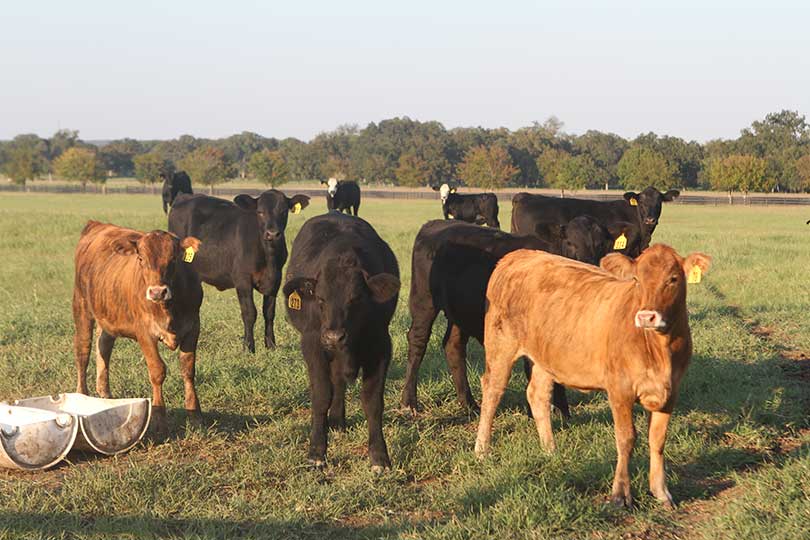According to Agri-Pulse, the U.S. Food and Drug Administration (FDA) has issued a rule finalizing three interim rules to reduce the potential risk of bovine spongiform encephalopathy (BSE), or mad cow disease, in human food. The FDA took these actions to minimize human exposure to certain cattle material that could potentially contain the BSE agent.
The final rule provides definitions for prohibited cattle materials and prohibits their use in human food, dietary supplements and cosmetics to address the potential risk of BSE.
• Specified risk materials (SRMs): brain; skills; eyes: trigeminal ganglia; spinal cord; vertebral column (excluding the vertebrae of the tail; the transverse processes of the thoracic and lumbar vertebrae and the wings of the sacrum); and dorsal root ganglia (DRG) of cattle 30 months of age and older; and the tonsils and distal ileum of the small intestine from all cattle.
• The small intestine from all cattle unless the distal ileum has been properly removed
• Material from nonambulatory disabled cattle
• Material from cattle not inspected and passed, or mechanically separated (MS) (Beef).
The rule also confirmed milk and milk products, hides and hide-derived products, tallow that contains no more than 0.15 percent insoluble impurities and tallow derivatives are not prohibited cattle materials.
The FDA also finalized the process for designating a country as not subject to BSE-related restrictions applicable to FDA-regulated human food and cosmetics.
The FDA gave more specification on gelatin. The rule provides a definition of gelatin and clarifies that gelatin is not considered a prohibited cattle material if it is manufactured using the customary industry processes specified.

